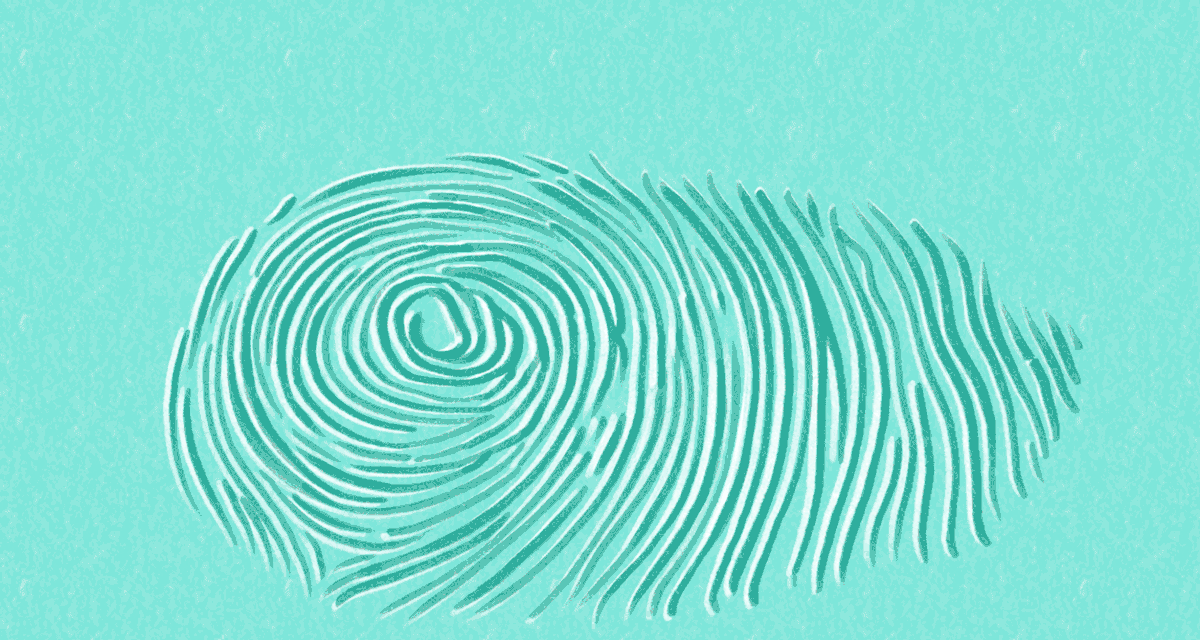In a discovery that could be a boon for law enforcement, a team of Columbia engineers has found that the fingerprints from each of your ten digits are not entirely distinct from each other, as forensics experts have long thought, but contain similarities in their loops, whorls, and arches that are detectable by powerful computers.
The researchers say the insight could allow investigators to determine if a perpetrator was present at multiple crime scenes after leaving prints from different fingers at different locations, as often occurs. “This would primarily be useful in cases when police are trying to figure out if various crime scenes are connected,” says Gabe Guo, a Columbia engineering undergraduate who led the research.
Guo and several colleagues made the discovery by uploading some sixty thousand fingerprints from a public US government database into an artificial-intelligence system that they created. The researchers, working under the guidance of Columbia engineering professor Hod Lipson and University at Buffalo computer scientist Wenyao Xu, fed the fingerprints into their computer in pairs, initially indicating to the AI system if they came from the same person or not. Over time, the system learned to predict whether unlabeled pairs of prints were from the same person with 77 percent accuracy — a success rate researchers say could be improved if the computer were provided larger databases to train on.
Lipson says that the study, which appears in Science Advances, points to a fundamentally new strategy for analyzing fingerprints: his team’s AI system determined that the most distinctive aspects of a print are not, as human analysts have long assumed, the contours of the branches and the endpoints at its outer edge but rather the swirls and loops near its center.
“Even more exciting is the fact that an undergraduate student, with no background in forensics whatsoever, can use AI to successfully challenge the widely held belief of an entire field,” Lipson says. “We are about to experience an explosion of AI-led scientific discovery by non-experts, and the expert community, including academia, needs to get ready.”



